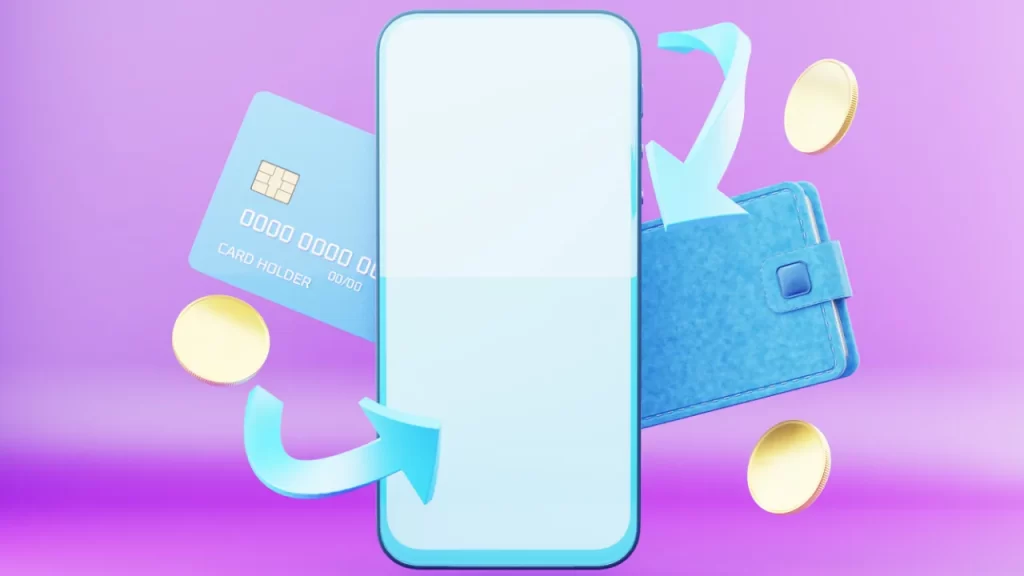Contracts for Difference (CFDs) allow you to speculate on the price movements of various financial instruments without owning the underlying asset.
With the ability to trade on margin and access multiple global markets, CFD trading offers South African investors a dynamic way to diversify their portfolios.
However, success in CFD trading requires careful planning, research, and a clear strategy.

Step 1: Research and Choose a Reputable CFD Broker
Why Broker Selection Matters
- Regulation and Trust: Ensure the broker is regulated by reputable financial authorities (e.g., the Financial Sector Conduct Authority in South Africa or other international regulators).
- Platform Usability: Look for an intuitive trading platform with robust tools, charting capabilities, and real-time data.
- Competitive Pricing: Compare spreads, commissions, and other fees to ensure you’re getting the best deal.
- Customer Support: Reliable customer service is essential, especially when starting out.
Action Tip: Read reviews and compare brokers to find one that aligns with your trading needs and provides a secure trading environment.

Step 2: Open a CFD Trading Account
How to Get Started
- Account Registration: Visit the broker’s website and complete the online registration form.
- Verification Process: Prepare to submit necessary documents (e.g., proof of identity, address, and financial status) to comply with regulatory requirements.
- Account Types: Some brokers offer various account types (e.g., standard, premium) tailored to different trading needs and capital sizes.
Action Tip: Choose an account type that matches your level of experience and investment goals.

Step 3: Fund Your Account
Funding Your Trading Account
- Deposit Options: Brokers typically offer several funding methods such as bank transfers, credit/debit cards, or e-wallets.
- Minimum Deposit: Check the minimum deposit requirements, which can vary from broker to broker.
- Currency Considerations: As a South African trader, be mindful of currency exchange rates and fees if your broker operates in a different currency.
Action Tip: Start with an amount you’re comfortable with, allowing you to manage risk while you learn the ropes of CFD trading.

Step 4: Learn the Basics with a Demo Account
Practicing Without Risk
- Demo Accounts: Many brokers provide demo accounts loaded with virtual funds. Use this opportunity to practice executing trades, testing strategies, and familiarizing yourself with the trading platform.
- Educational Resources: Take advantage of webinars, tutorials, and educational materials offered by your broker.
Action Tip: Spend ample time in demo mode before trading with real money to build confidence and refine your strategies.

Step 5: Develop a Trading Plan and Strategy
Building Your Roadmap
- Define Your Goals: Outline your financial goals, risk tolerance, and expected returns.
- Research and Analysis: Use technical and fundamental analysis to guide your decisions. Stay updated on market trends, news, and economic indicators that may affect your trades.
- Risk Management: Implement risk management strategies such as stop-loss orders and position sizing to protect your capital.
Action Tip: Write down your trading plan, including entry and exit criteria, and stick to it to avoid impulsive decisions.

Step 6: Start Trading with Small Positions
Begin with Caution
- Small Trades: Start with smaller positions to minimize risk as you transition from demo trading to live trading.
- Monitor Your Trades: Keep a trading journal to record your trades, observations, and lessons learned.
- Adjust and Learn: Use your early experiences to adjust your strategies and improve your decision-making process.
Action Tip: Gradually increase your position sizes as you gain experience and confidence in your trading strategy.

Step 7: Monitor, Analyze, and Adjust Your Strategies
Continuous Improvement
- Review Your Performance: Regularly assess your trading performance, noting both successes and areas for improvement.
- Stay Informed: Continually educate yourself about market developments, trading strategies, and risk management techniques.
- Refine Your Approach: Adjust your trading plan based on market conditions and your evolving understanding of CFD trading.
Action Tip: Join trading communities or forums to share insights and learn from experienced traders.

Additional Tips for South African CFD Traders
- Understand Local Market Dynamics: Be aware of local economic factors and regulatory changes in South Africa that may influence your trading decisions.
- Manage Currency Risk: If your broker deals in foreign currencies, consider the implications of currency fluctuations on your trades.
- Stay Disciplined: Emotions can play a significant role in trading. Stick to your plan, manage your risk, and avoid impulsive trades.
Conclusion
Starting CFD trading in South Africa involves careful planning, thorough research, and disciplined execution.
By choosing a reputable broker, practicing on a demo account, and developing a solid trading plan, you set yourself up for a more informed and confident trading experience.
Remember, successful trading is a journey of continuous learning and adaptation.






